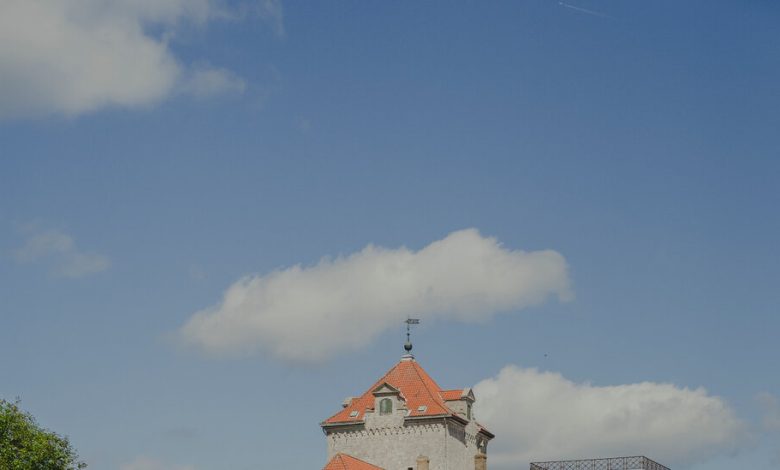Secrets of a Danish Castle

My first conscious memory occurred on the lower landing of a staircase that spiraled up four floors of the 14th-century, moat-encircled Gjorslev castle in Denmark. I was hugging the railing while my tweed-clad grandfather, Edward Tesdorpf, who owned the place, smiled at me as he walked down the hall to take care of his ever-expanding farm businesses. I was 3 years old.
And now, five decades later, I’m standing on the same spot, this time with a statuesque Danish woman in stylish Japanese casual wear. “This is roasted and steamed tea from Korea,” Mette Marie Kjaer tells me, offering a pleasant cup of miso-tinged brew.
Ms. Kjaer runs her Asian tea company, Sing Tehus, from a rented wing of the castle, offering tea ceremonies and yoga retreats while maintaining Gjorslev’s status as the oldest continuously inhabited building in Scandinavia. After half a century of benign neglect following my grandfather’s departure, the castle is hosting not just yoga and tea events, but arts festivals, medieval fairs and even a summer musical theater in its courtyard. Gjorslev, my grandparents’ home, has opened to the world.
Epic cliffs and ‘chalk kings’
One can say the same thing about Stevns, the area in eastern Denmark where the castle is located. During my childhood, Stevns was considered so isolated that locals used to say that it was where “the crows come to turn around.” My kids still look at me askance when I explain how many of us in this community of fishermen and farmers were intimate with outhouses and coal-burning stoves and heaters well into the 1970s. Some of my childhood neighbors had never even been to Copenhagen, an hour’s drive away.
